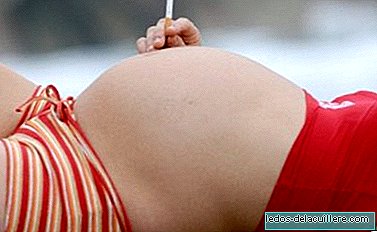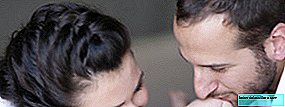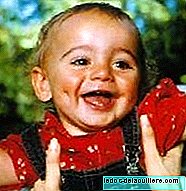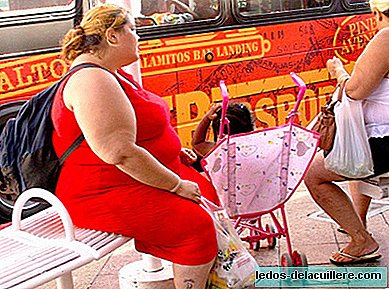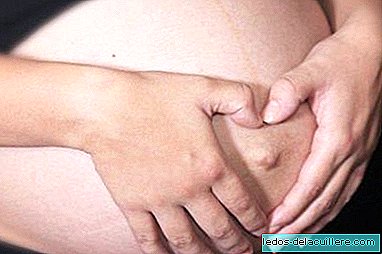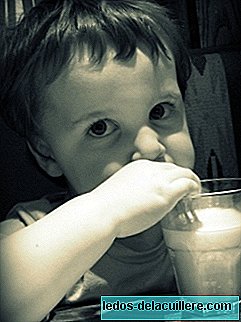
Milk is the first cause of allergy in children under five years old, according to the allergist Pedro Ojeda, secretary of the Spanish Society of Allergology and Clinical Immunology (SEAIC).
Milk allergy is the first food allergy to appear, however only 15 percent of children who suffer from it remain after 6 years.
Food allergy affects between 2 and 6 percent of the Spanish population, being the fifth disease in order of frequency diagnosed by allergists, after rhinoconjunctivitis, asthma, hypersensitivity to medications and urticaria. "Most of this type of allergies usually affects mainly the child population, especially infants (0-12 months) and early childhood. In children older than five years, the most frequent causes are on the contrary, fresh fruits, fruits dried, fish and seafood ", commented Dr. Ojeda.
Cow's milk proteins are usually the cause of allergies. It is because of that a child allergic to milk should avoid any food that contains milk proteins.
Thinking about milk and derivatives is easy, because eliminating them, along with milkshakes, ice cream, horchata, ... seems to solve the problem. However, there are many manufactured products that can also contain milk proteins such as bread, cold cuts, sausages, frozen fish, treats, preserves, cosmetics and medicines. Hence, it is mandatory to become a good label detective and look for milk proteins in any food that our child will eat.
In fact, in highly sensitized children, care must be taken even with photoprotectors or moisturizing milks, since some may contain whey.
The age of onset of milk allergy depends basically on the time when children begin to drink formula milk, since it is the first contact they have with cow's milk proteins. Currently, the highest incidence is between 4 and 5 months of age.
This is one of the reasons why milk and dairy products, including formula milks if a child is breastfeeding, not recommended until after 12 months.
The most common symptoms are cutaneous (erythema, urticaria, angioedema ...) that are associated in 30% of cases with vomiting and diarrhea.
Infrequently and always acutely, respiratory symptoms may appear that begin with glottis edema, respiratory distress and dysphonia. In this sense, "The clues on which some parents should be warned to suspect a milk allergy is the appearance of hives (redness and hives) around the mouth, or the rest of the body, with the taking of the bottle (or in older children with other dairy), usually in the first minutes of the shot ".
The diagnosis is made by physical examination, demonstration of IgE-mediated sensitization by means of skin tests on the arm and a blood test. These tests should be done as soon as possible., since this way you can perform an appropriate treatment.


